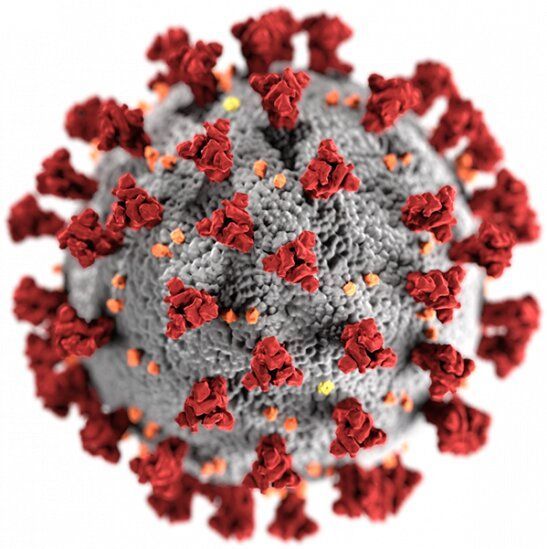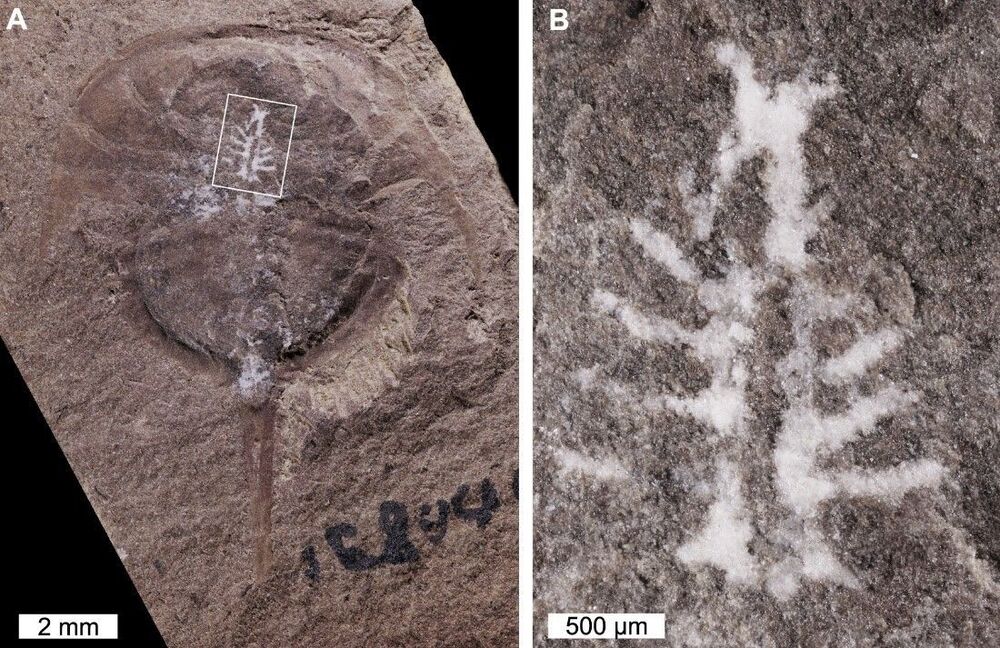Commercial Sauna Vs Home Sauna.
The last year has turned all our worlds upside down.
Even if we had our diet, exercise and sauna routine locked down before, suddenly all the venues were closed, or we did not feel comfortable visiting them as they were too crowded and too enclosed.
But we can sauna at home these days, and it is relatively affordable, but are they as good as the commercial saunas we had been using?
Are sauna tents worth the money?
Are portable steam saunas, and infrared saunas as good as the professionally installed home saunas that cost a fortune, and are either of them as good as the ones we used to visit that are run commercially as established premises with all the benefits they offer?
Well, in an attempt to answer these questions, I have looked at all the pros and cons of both and dissected them to try and help you make that decision.
Whether you are rich or poor, I have considered your options and attempted to answer those questions.
So follow me, as we take a stroll into the wonderful world of getting a bit sweaty… and all so we can live longer and healthier.






